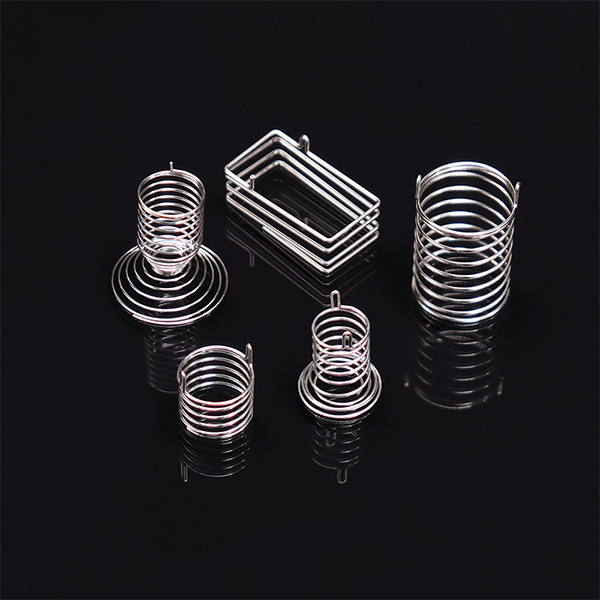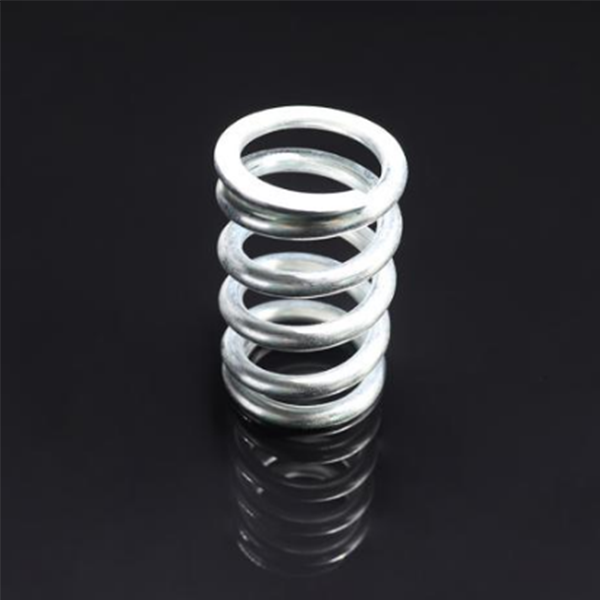 English
English-
 Español
Español
-
 Português
Português
-
 Portugiesisch
Portugiesisch
-
 Français
Français
-
 日本語
日本語
-
 Български
Български
-
 한국어
한국어
-
 Türkçe
Türkçe
-
 Nederlands
Nederlands
-
 English
English
-
 Eesti
Eesti
-
 Suomi
Suomi
-
 বাঙ্গালি
বাঙ্গালি
-
 беларуская
беларуская
-
 Ελληνικά
Ελληνικά
-
 Kreyòl ayisyen
Kreyòl ayisyen
-
 עִברִית
עִברִית
-
 हिन्दी
हिन्दी
-
 Magyar
Magyar
-
 íslenskur
íslenskur
-
 Gaeilge
Gaeilge
-
 italiano
italiano
-
 Hrvatski
Hrvatski
-
 Latinus
Latinus
-
 latviski
latviski
-
 Melayu
Melayu
-
 Malti
Malti
-
 Монгол
Монгол
-
 မြန်မာ
မြန်မာ
-
 فارسی
فارسی
-
 Polski
Polski
-
 عربي
عربي
-
 Română
Română
-
 русский
русский
-
 slovenský
slovenský
-
 Slovenščina
Slovenščina
-
 Afrikaans
Afrikaans
-
 svenska
svenska
-
 dansk
dansk
-
 український
український
-
 o'zbek
o'zbek
-
 Cymraeg
Cymraeg
-
Zulu
-
 Tiếng Việt
Tiếng Việt
-
 bosanski
bosanski
-
 Deutsch
Deutsch
-
 eesti keel
eesti keel
-
 ไทย
ไทย
HELICAL SPRINGS & CALCULATING THE FORMULA
Wed Jan 04 10:11:08 CST 2023
Helical springs are those familiar spiral wound, coil-shaped, mechanical components. Think Slinky. Often referred to as a coil spring, a helical spring is essentially an elastic coil formed by tightly winding a piece of wire into a cylinder. The elastic properties of a helical spring allow it to deflect the action of a load and then, when that load is removed, return to its original shape. Given that there are only three types of helical springs—compression, tension, or torsion springs—what type of load the spring carries will determine what type of spring will be used in an application.

Helical Spring Formula Calculation Functions
Helical spring formulas are calculated to ensure the spring will function in a device or mechanism as expected. The manufacturing of a spring cannot be left to guesswork or approximation.
As mentioned, much to do with calculating the formula for helical springs involves selecting a material with the necessary properties for the application, along with other factors such as its working load, tolerances, cycles, and so forth. The spring’s wire diameter, D, its inner diameter, ID and outer diameter, OD, its mean coil radius, R, the number of active coils, VN, and other variables are calculated to ensure the desired force-deflection response is achieved.
Additionally, the formula for a helical spring, its measurements and specifications, will differ in relation to the type of spring—compression, tension or torsion—too. The measurement of a compression spring will require 4 specifications—the wire diameter, its outer diameter, the free length of the spring, and the number of coils must be factored.

an application.
Helical Spring Formula Calculation Functions
Helical spring formulas are calculated to ensure the spring will function in a device or mechanism as expected. The manufacturing of a spring cannot be left to guesswork or approximation.
As mentioned, much to do with calculating the formula for helical springs involves selecting a material with the necessary properties for the application, along with other factors such as its working load, tolerances, cycles, and so forth. The spring’s wire diameter, D, its inner diameter, ID and outer diameter, OD, its mean coil radius, R, the number of active coils, VN, and other variables are calculated to ensure the desired force-deflection response is achieved.
Additionally, the formula for a helical spring, its measurements and specifications, will differ in relation to the type of spring—compression, tension or torsion—too. The measurement of a compression spring will require 4 specifications—the wire diameter, its outer diameter, the free length of the spring, and the number of coils must be factored.

